| Structure | Name/CAS No. | Articles |
|---|---|---|
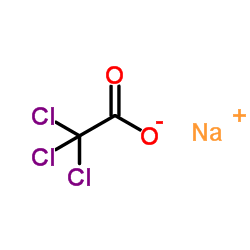 |
Sodium TCA
CAS:650-51-1 |
|
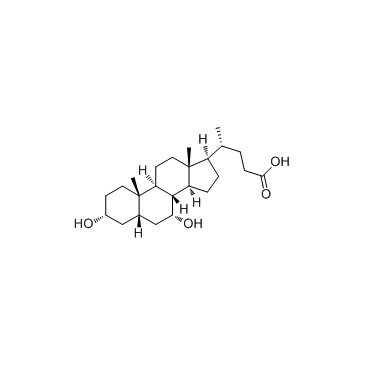 |
Chenodeoxycholic acid
CAS:474-25-9 |
|
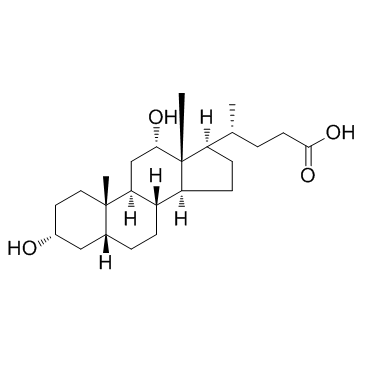 |
Deoxycholic acid
CAS:83-44-3 |
|
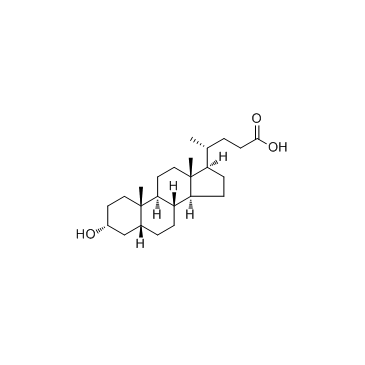 |
Lithocholic acid
CAS:434-13-9 |
|
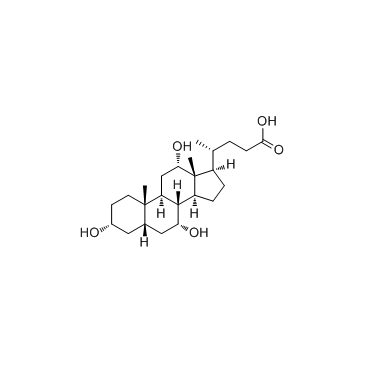 |
cholic acid
CAS:81-25-4 |
|
 |
(Rac)-Golgicide A
CAS:1005036-73-6 |
|
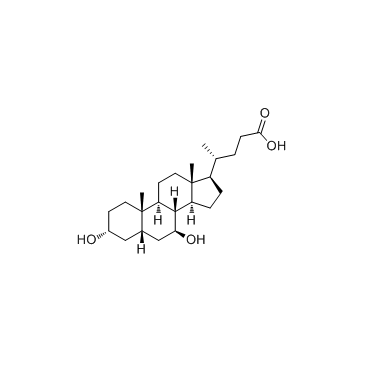 |
Ursodiol
CAS:128-13-2 |
|
 |
Deoxycholic acid-d4
CAS:112076-61-6 |